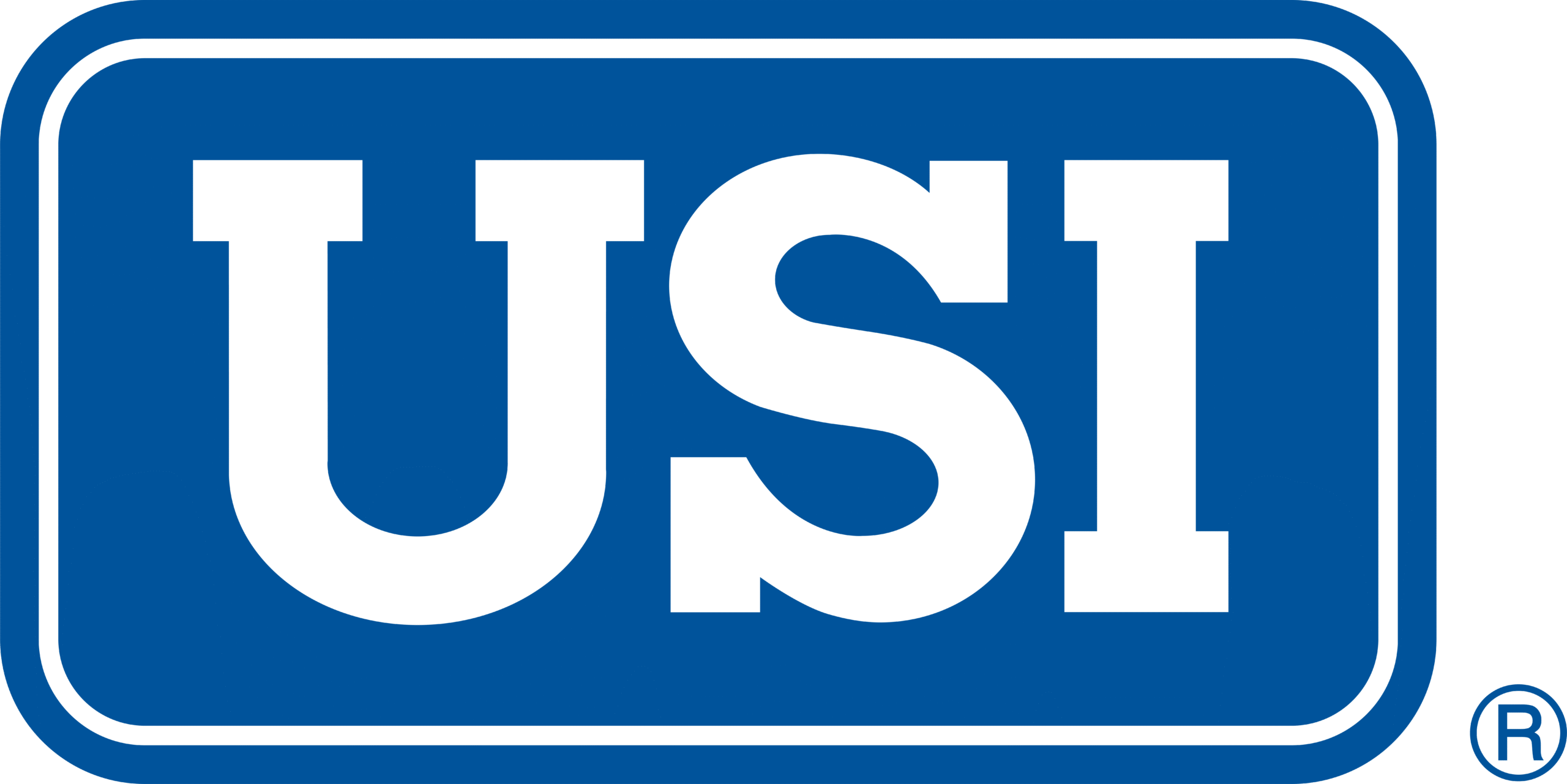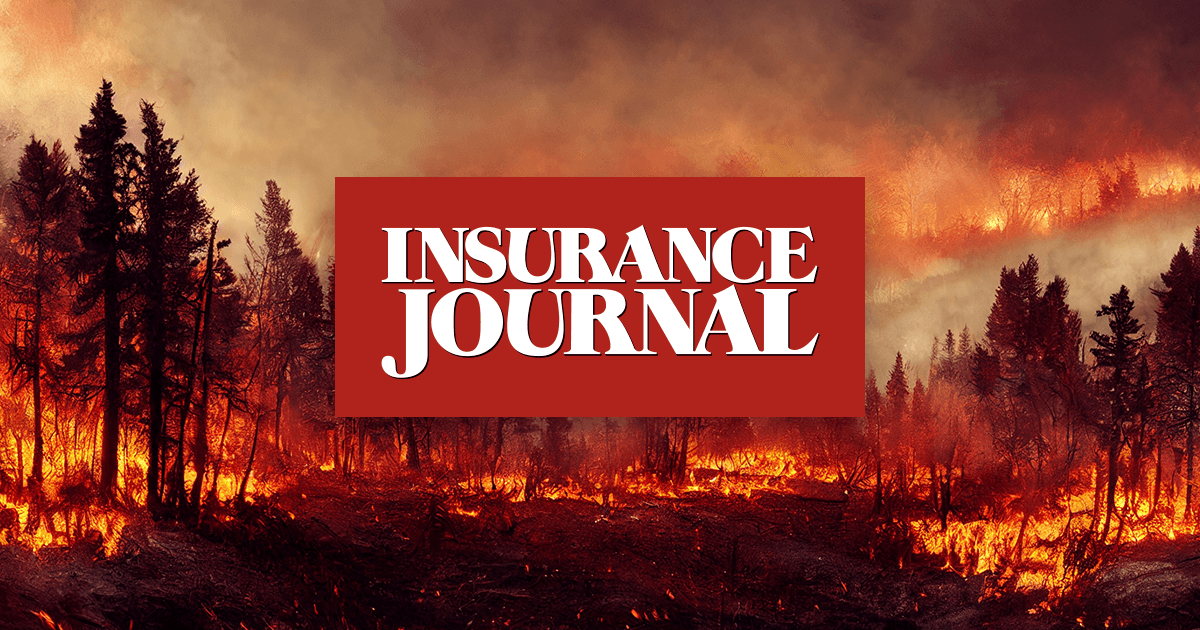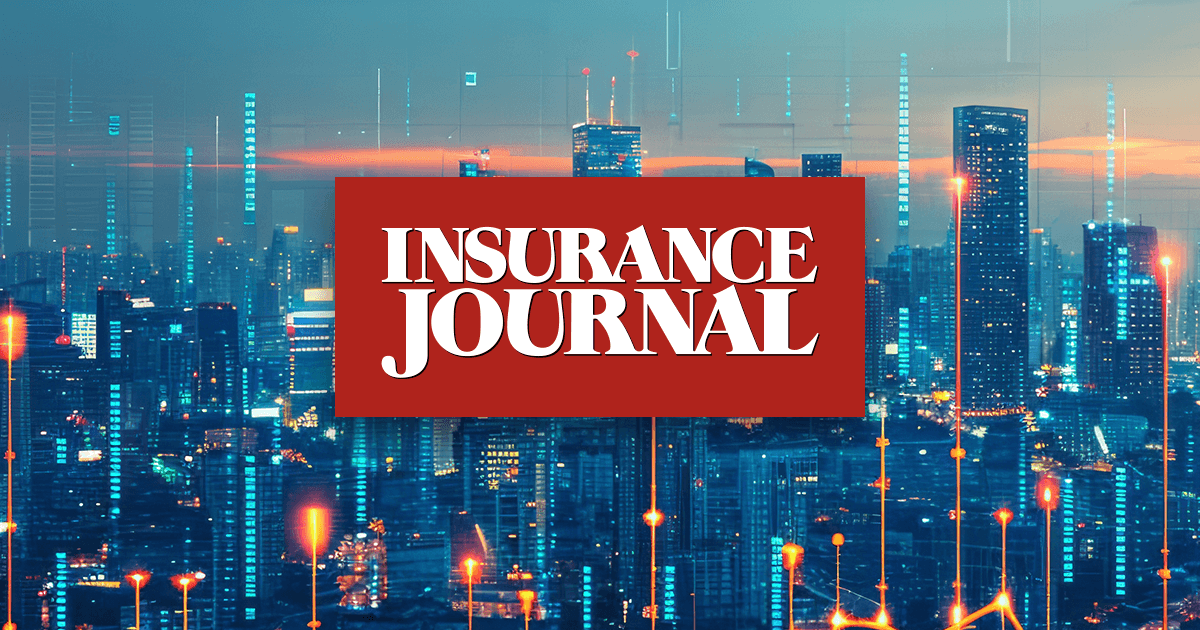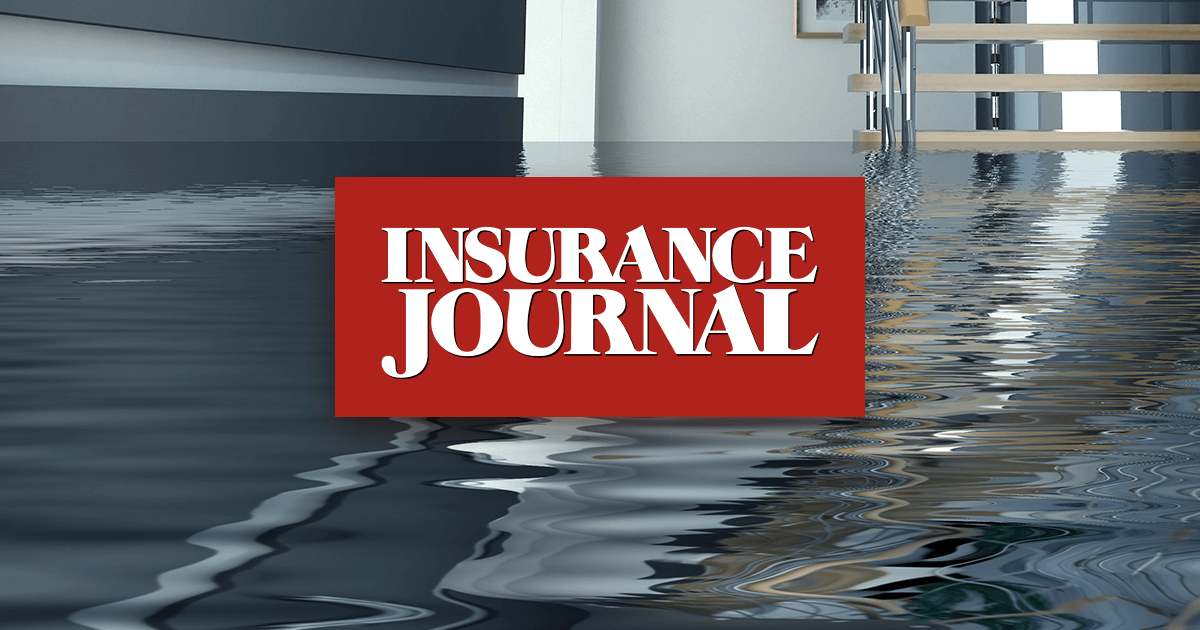Mid-year insurance industry assessments indicate that the ongoing trends of the last six months are likely to persist through the end of the year, even if the conditions in question are defined as unstable or unpredictable.
The new USI report, 2025 Commercial Property & Casualty Market Outlook Mid-Year Addendum, predicts that $100 billion in losses is the new bar for property due to ongoing increases in natural catastrophe losses and that tariffs will continue to make forecasting and financial strategy more challenging throughout 2025.
Property: $100 Billion Is the New Loss Norm: After an estimated $140 billion in global insured natural catastrophe losses in 2024, the third-highest on record, the first quarter of 2025 exceeded $50 billion, marking the second-highest losses ever for any first quarter. Following five straight years of over $100 billion in global insured catastrophe losses, and with an active 2025 hurricane season predicted, 2025 is on track to continue the trend. The 10-year average of global insured natural catastrophe losses now exceeds $100B, which the property insurance market may have to consider the new normal.
However, insurance and reinsurance markets are well-capitalized, with ample capacity. Favorable reinsurance treaty and property renewals in the first half of 2025 will likely lead to increased competition, additional capacity, widespread rate decreases, and improvements to terms and conditions. For the second half of 2025, tariffs will likely create new and increased exposures for insureds, along with surging replacement costs (materials and labor), which increased 5.5% year-over-year from January 2024 to January 2025. As more insurers leave high-risk areas, an increasing number of state regulators are considering state-run Fair Access to Insurance Requirements (FAIR) plans.
Casualty: Workers’ Comp, Auto Remain Stable: The workers’ compensation insurance market remained mostly profitable in the first half of 2025, although after nine consecutive years of underwriting profits, with an average combined ratio of 91% from 2015 to 2023, the extended period of reserve redundancy and low claims frequency is beginning to diminish. Insurers can expect the second half of the year to remain profitable, with capacity remaining high for many markets. Rates may level off as the pace of reserve releases slows. Higher medical severity costs and rising indemnity payments for wage replacement are contributing to a gradual rise in claim costs in many states.
Commercial automobile, general/products, and umbrella/excess liability lines capacity remains adequate, and rate increases are generally stabilizing for most insureds. However, insurers are increasingly cautious when it comes to providing coverage for companies with a history of significant losses or fleets exceeding 500 vehicles.
Environmental: More Competition and Higher Demand: Contractor pollution liability (CPL) has become highly competitive, with new carriers entering the space, a softening market and expanding integrated casualty products that combine CPL or pollution legal liability (PLL) with general liability policies. The excess market has seen a reduction in available excess limit capacity per insurer. Carriers that previously offered up to $25 million may now provide only $5 million to $10 million, requiring multiple layers.
The environmental market is expected to grow by up to 10% by the end of the year, driven by heightened awareness of environmental risks, increased litigation, and higher exposures linked to unknown contamination. Insureds also face liabilities associated with site-specific development, such as brownfield redevelopment and urban construction. Other 2025 concerns include increased claims for mold and PFAS, as well as higher settlements due to social inflation.
Executive & Professional Risks: Tariffs, Cybercrime, and EPL Risks on the Radar. The capacity for executive and professional risks remains available despite carrier and underwriting changes in 2025. The remainder of the year is likely to bring challenges related to financial performance, particularly in terms of tariffs, which will impact forecasting abilities and market stability. Employment practices liability claims are likely to continue increasing throughout the year, along with persistent social engineering and business email compromise exposures. Aligning crime and cyber coverage will be a priority as organizations learn how to incorporate AI safely and effectively while fighting the increased threats AI poses to cybersecurity. Ransomware events and cyber incidents are expected to continue posing significant threats as insureds and insurers race to stay ahead of malicious actors.
Topics
Trends
Interested in Trends?
Get automatic alerts for this topic.





Leave a Reply